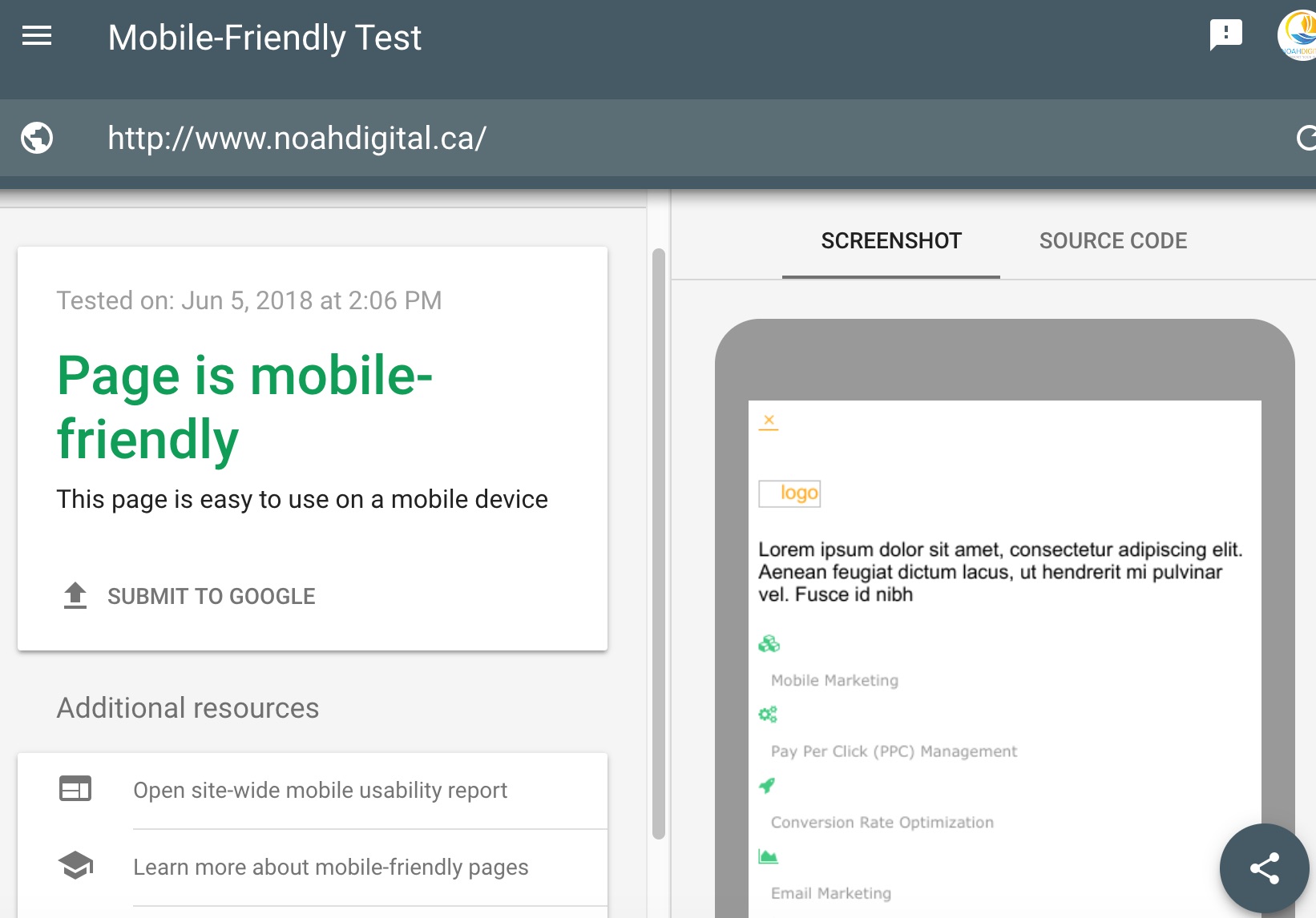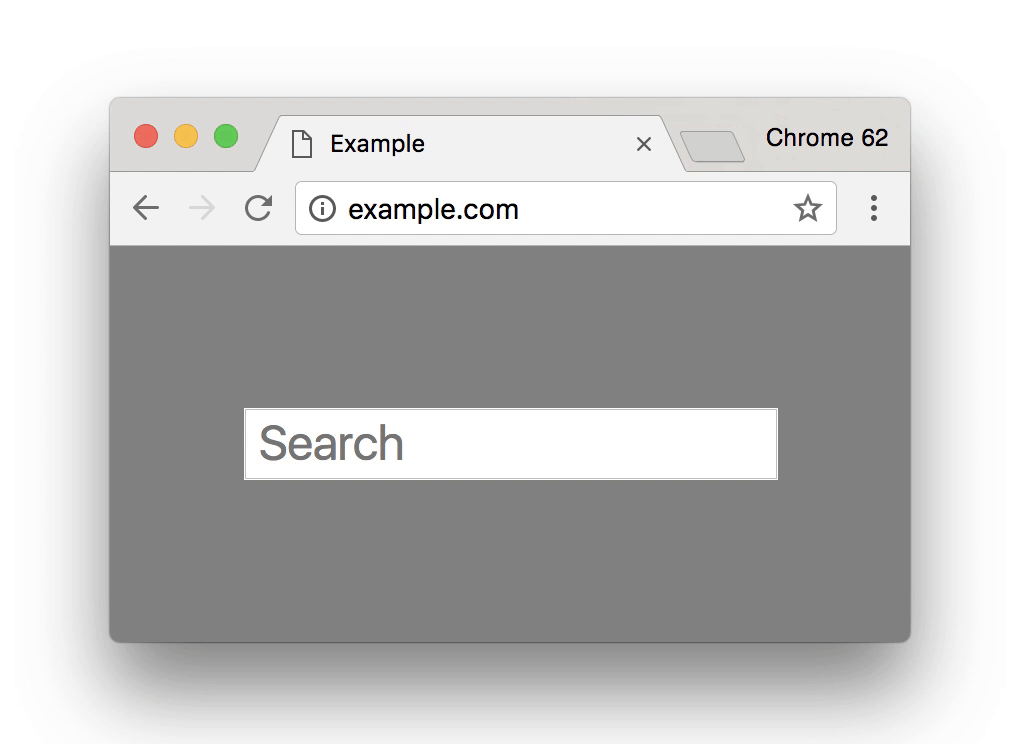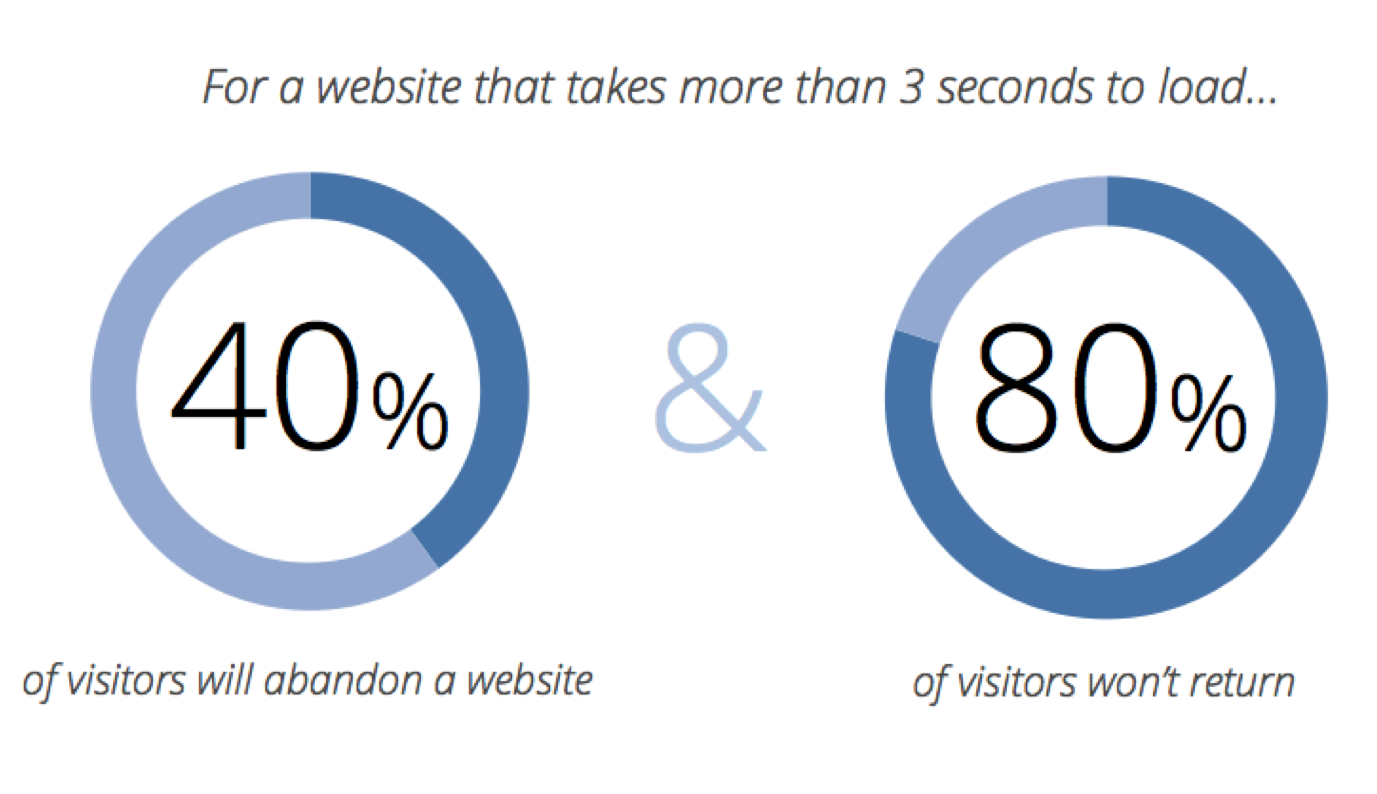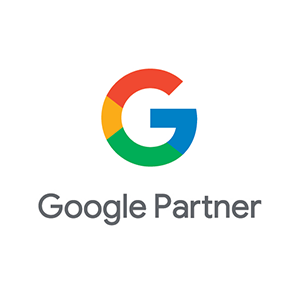What a year! 2018 was full of changes and growth in the digital marketing world.
SEO is constantly changing, as more people join the online world, the harder it is to rank on search engines. Google’s algorithm is unpredictable and being able to keep up with the constant changes is essential to your strategy.
Before getting ready for 2019, we need to digest all the changes from 2018 quickly. Though there were a lot more changes, here I’ve gathered the top 5 biggest SEO changes in 2018. This means that to be up to date with your digital marketing strategy and be able to implement new 2019 changes and trends; you need to make sure you have appropriately addressed each one of the following changes:
1) Mobile-First Index
One of the most significant changes in regards to SEO in 2018, was the preference of mobile-friendly websites on search engines over those who were not mobile-friendly. Google announced that they would index mobile-friendly websites before others, which was a huge deal in the online world. Many websites are STILL not mobile friendly, therefore losing rank on Google search engines for this specific reason. Mobile users account for 70% of users, and back when Google implemented this change it was 51% of users. This number is growing every day.
A mobile-friendly page tends to have big, clear text, big call to action buttons, forms that fit into the screen, clear but smaller pictures, and more bullet points, but fewer paragraphs.
To check if your website is mobile-friendly, go to your website, right click on your mouse, and click on “inspect.” Click on the tablet/smartphone icon on the top left. This will allow you to see exactly what your website looks like on a mobile device.
Another way you can check for more specifics is Google’s mobile-friendly test tool. This tool will identify the areas you need to fix.

2) HTTP to HTTPS
Starting July 2018, Google Chrome labelled every website using HTTP as “not secure.”
Hyper
Text
Transfer
Protocol
The added S to HTTP stands for secure — something we all want. It works as an extension or successor of HTTP. By enabling HTTPS, every single unit of data transmission will be encrypted, and it is proven to have no efficient way of decrypting your messages or information.

This is crucial nowadays. Why? Many of us often try to keep our username and password combination the same throughout sites so that it’s easier to remember. Yes, it’s easier to remember, but it’s also more at risk of being shared/sold. Let’s assume all of the sites you save your sensitive and important information are secure, ALL but one website. This could lead to your online banking, personal, the information being leaked and potentially shared with the wrong people.
Click here to read more on how you can migrate your website from HTTP to HTTPs.
3) Video & Images
Users have become impatient! Many users don’t want to take the time to read anymore, so make sure that aside from your content marketing strategy that you’re also implementing videos onto your website. Videos are interactive, and people will usually watch them, even if they’re not looking for your product/service right that moment.
Video can become much more memorable than text content, which becomes a fantastic tool for returning users and boosting traffic at the same time. Both videos and images have become essential for your SEO sugar. With social media being so popular, users have less time to read, and more time to “like” an interesting picture/video. Do you want to have your content plastered all over Google? CREATE. CREATE. CREATE. The more, the better. However, always remember quality, over quantity.
4) Page Speed
The more and more businesses get online, the more and more users are becoming impatient. They do not want to wait longer than 3 seconds for your page to load, and they are not going to wait around to fill out your contact form. If your bounce rate is quite high and you cannot understand why then your page speed may be the issue here. There are many tools you can use to check your website’s speed.

Check the loading time of each page so you can see exactly where the problem is, and which page needs optimizing to improve loading time. First, you should prioritize your most popular pages and make sure that the user experience is fast and smooth. If you haven’t checked your page speed data on your Google Analytics account, check now! You will find some revealing data here.
5) User-Experience
SEO and user-experience go together like bread and butter. SEO simply does not work without a good user experience.
When the customer lands on any of your pages, there should be a clear call-to-action button. The visitor should always know where they can click if they need anything, if they are confused or cannot find how to contact you, then this is not a user-friendly website. Consider adding call-to-action buttons at the top, middle, and bottom of the page.
If you add an incentive for your visitors to click on the opt-in-form such as “free VIP signup,” or “call now” button for mobile users, then you are more likely to increase your conversions.
“Make pages primarily for users, not for search engines.” – Google Webmaster Guidelines
Are you ready for 2019? Let us know!
As we’re getting ready for 2019, let’s reflect on 2018, and make sure we are ready for more changes.
2018 was a massive year for SEO, and we hope that 2019 is too! Stay up-to-date for 2019 trends coming up soon!







